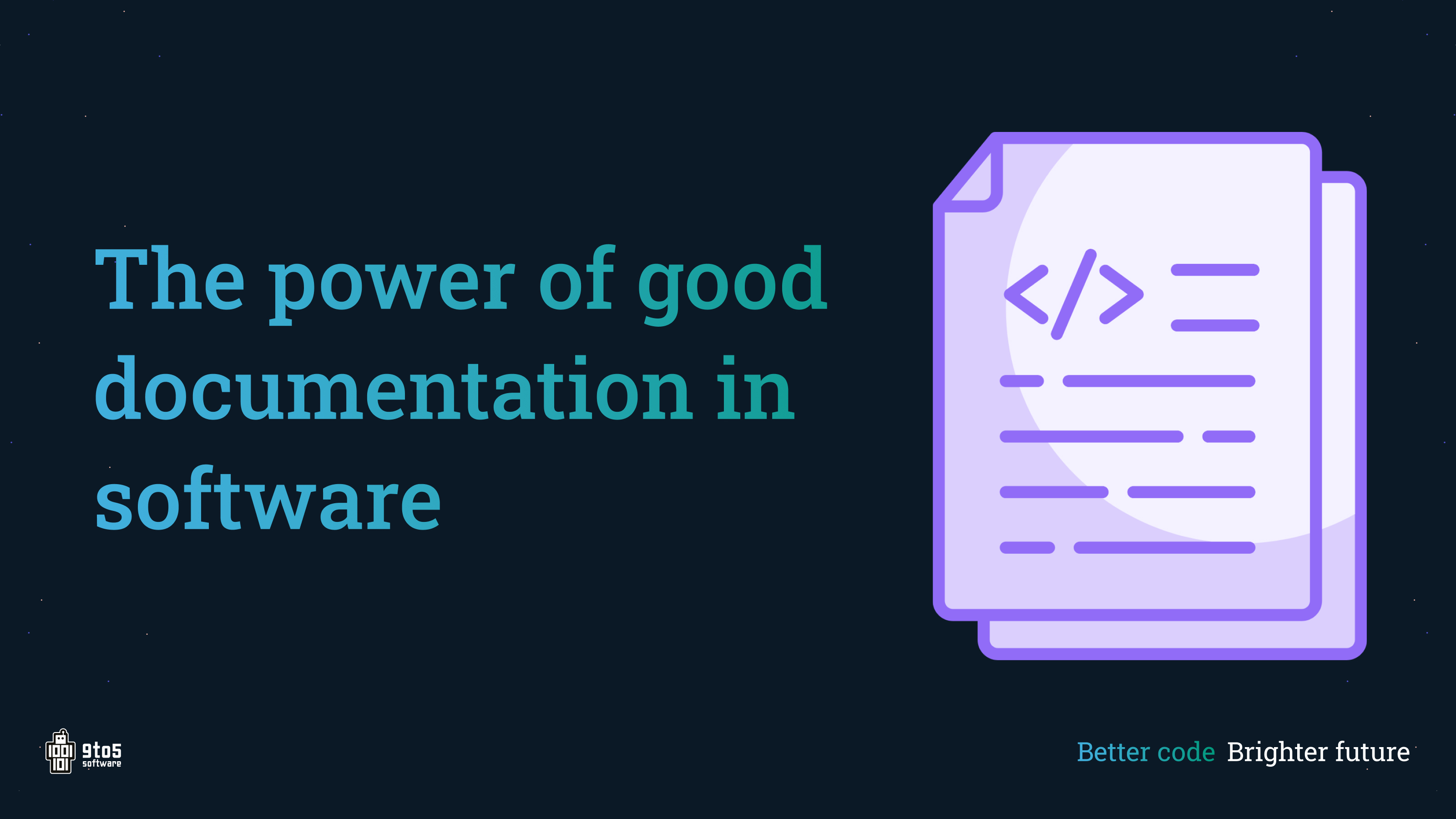
November 8, 2024
In software development, the focus is often on code quality, speed of delivery, and innovation. However, there’s one crucial aspect that is often overlooked: good documentation. Whether you’re working on a small project or a large-scale system, clear and detailed documentation can make the difference between success and failure. In this blog, we’ll dive into why documentation plays such a vital role in software development.
What is good documentation?
Good documentation is much more than a collection of technical details. It serves as a guide, providing developers, testers, and other team members with the information they need to work efficiently, without having to sift through the code every time. From user manuals and API documentation to installation instructions and development guidelines, good documentation ensures everyone knows exactly what’s going on.
Why is documentation so important?
- Efficiency through simplicity: Good documentation ensures your team doesn’t waste time explaining the same things over and over. New team members can quickly get up to speed, existing processes stay clear, and you’ll never have to tell the same story twice.
- Easy maintenance: Imagine trying to extend a system but first having to spend an hour searching through old code. Sounds frustrating, right? With good documentation, maintenance becomes a breeze. You have the context you need at hand and can continue working without hassle.
- Better collaboration: Everyone on the same page – that’s what documentation does. Clear, accessible information ensures your team can make decisions faster and collaborate seamlessly. This leads to fewer misunderstandings and more action!
- Code that doesn’t age: Without good documentation, developers often have to guess old decisions in the code. This wastes time and can lead to mistakes. With proper documentation, code quality remains intact, even as the project grows.
So yes, documentation is much more than an afterthought. It provides structure, clarity, and transparency for everyone involved. At 9to5 Software, we use the Atlassian Suite to keep our documentation organized. Tools like Confluence and Jira make it easy to track project information, technical specs, and internal communication. This enables our team to work faster, with less chaos, and always have the latest information at their fingertips.
Best practices for effective documentation
Writing good documentation requires as much care and attention as writing good code. Here are some tips we use to create documentation that is both useful and user-friendly:
- Keep it up-to-date: Outdated documentation can be more harmful than no documentation at all. Ensure your documentation stays in sync with code changes and is regularly updated.
- Be clear and concise: No one has time for long-winded text. Documentation should be clear and easy to understand so everyone knows exactly what’s being discussed.
- Use examples: Examples make things much more tangible. They show how things work without requiring the reader to wade through a sea of text.
- Use tools for automated documentation: There are many tools available that can automatically generate documentation from code, such as Javadoc, Sphinx, or Swagger for APIs. These tools ensure documentation is always up-to-date and consistent with the code.
Conclusion
Good documentation is not just an add-on – it’s essential for smooth workflow, especially when new team members come on board. Instead of wasting time explaining things, they can quickly get up to speed by referring to the documentation. This not only saves time but also ensures knowledge is retained, and work can continue without delay. At 9to5 Software, we see maintaining clear, up-to-date documentation as a key to success – now and in the future.







